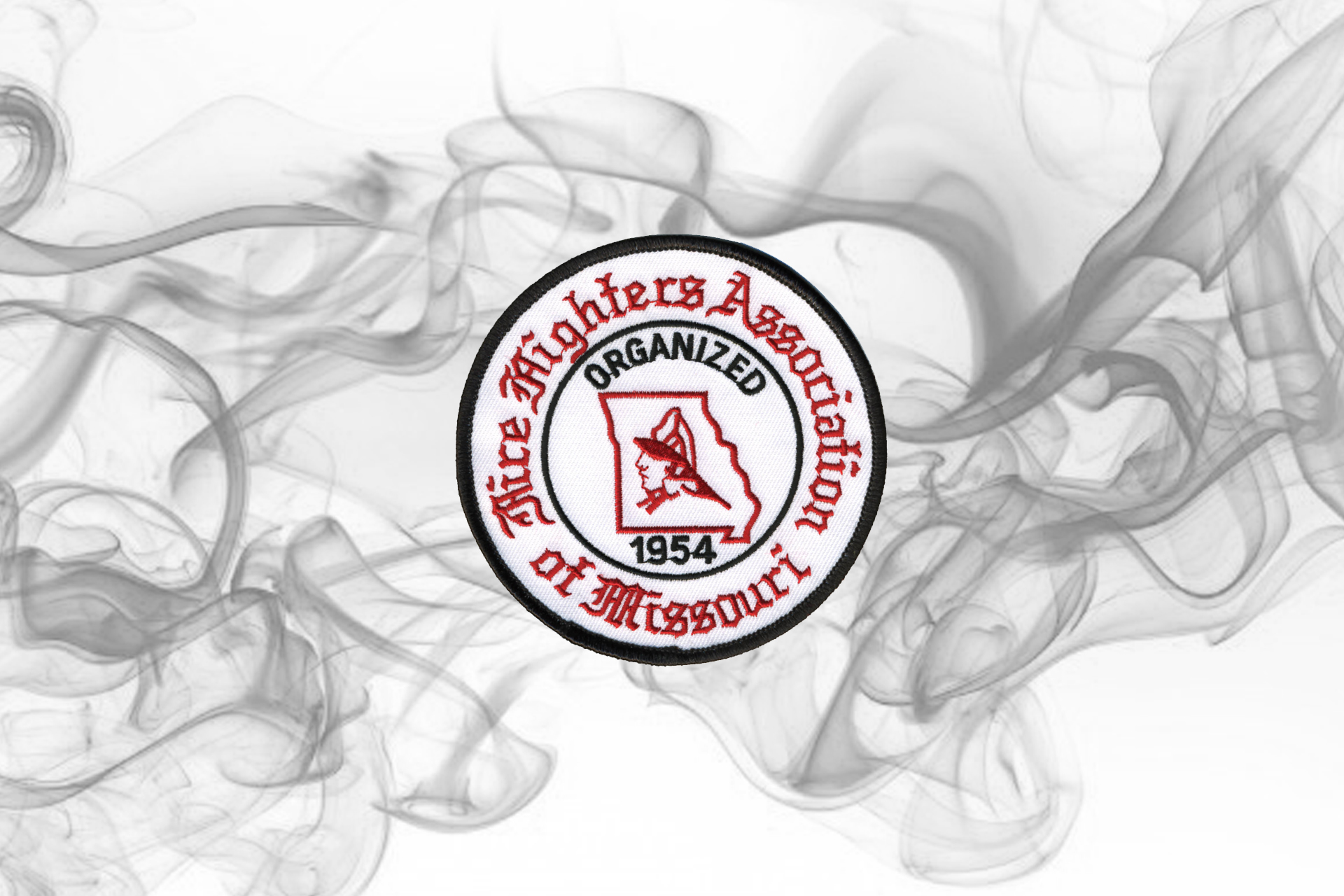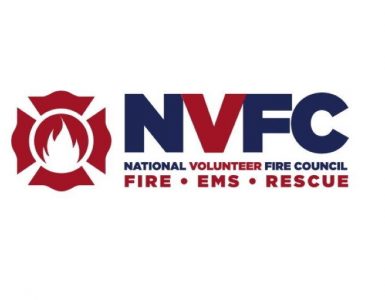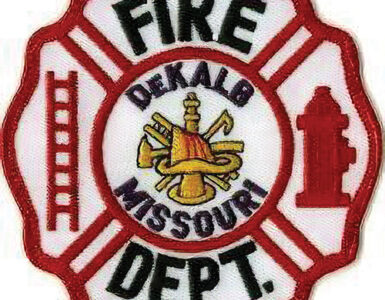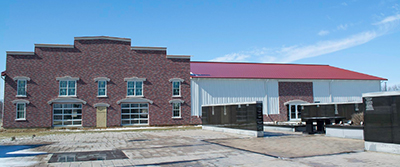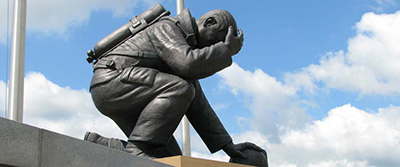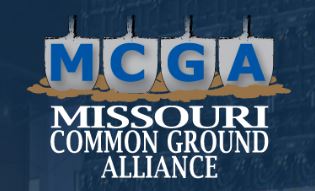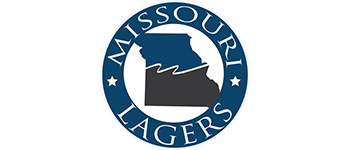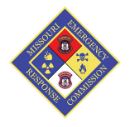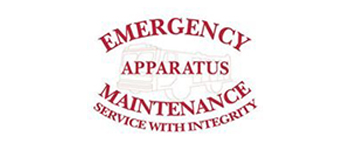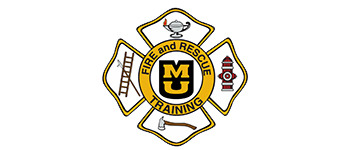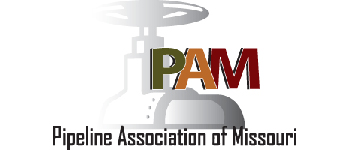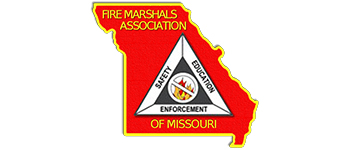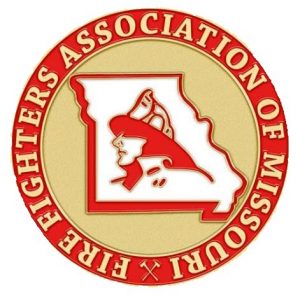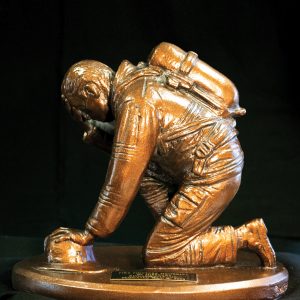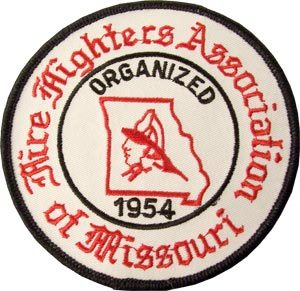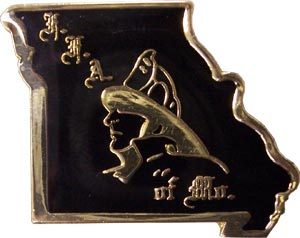911 Dispatch
Well, we are almost done with winter, before we know it, spring will be here. We will be mowing our lawns, planting our gardens, attending our kid’s or grandkid’s baseball games or even planning that early spring getaway.
As you have seen in my previous articles here in the magazine, I have been talking about things that are important in the fire service today. These topics have included females in the fire service, and peer support and the last article I wrote was about winter fire operations. This month I am going to talk about a subject that I always hear about with my journeys around the state, which is the 911 dispatcher.
During my travels, I always hear firefighters complain about their dispatchers. They tell me things like, ”Why can’t they get things right?” “They can’t be that busy.” Why does it take so long for them to answer me on the radio?” These are just a few things I always hear. I always say the dispatcher is the “True First Responder.”
The Homeland Security Act of 2002 defines the term “first responder” as “individuals who, in the early stages of an incident, are responsible for the protection and preservation of life, property, evidence, and the environment.” Who better, by this very definition, can be considered a first responder than the dispatcher who is the start of everything? From picking up the phone to creating the record in the computer-aided dispatch (CAD) system with the very first keystroke to sending out the first wave of help. All while providing life-saving instructions. Dispatchers are the nucleus of any emergency event.
Although the Department of Homeland Security clearly defines dispatchers as first responders by its definition alone, the question of whether 911 telecommunicators are first responders has been asked repeatedly over the last six years by public officials. To mitigate an already growing list of risks, it is important to formally recognize 911 telecommunicators as first responders.
Anyone who calls 911 expects a person to answer immediately and competently, provide police, fire or medical pre-arrival instructions and send help. Currently, public safety answering points (PSAPs) and emergency communication centers (ECC) are operational 24/7 every day with varied schedules that require minimum staffing levels and, more often than not, mandatory overtime to fill shift vacancies. Currently, many centers are below minimum staffing levels due to systemic retention challenges nationwide. In the coming years, there will be over 10,000 projected job openings to fill and not enough people to fill them.
This staffing shortage happens because dispatchers fail to be recognized as first responders, which equates to inadequacies in wages, working environments, training and high-risk benefits. Taking 911 calls requires significant training and competencies such as situational assessment skills and sound judgment, strong public and internal relations, teamwork and advanced multitasking skills. The telecommunicator is often responsible for dispatching police, fire and medical first responders and acts as their communication partner while on shift. This added level of responsibility and specialized training required for tactical communication dispatch, monitoring and response creates another layer of complexity to the position. Significant shortages of available, well-trained and experienced personnel can tip the scales of competency and place the agency and its employees at higher risk for liability when providing critical services to citizens and field responders.
Dispatchers deal with intense, life-and-death situations. Dispatchers know they save lives every day in ways that go far beyond just taking a phone call, as a switchboard or telephone operator, and logging it into a complex software-tracking system. For dispatchers working in the industry, the potential for reclassification is the first step in ensuring qualified people are on the front lines of an emergency.
The average salary for a 911 dispatcher is only 36,300 a year. These people sometimes are just working by themselves and are the only ones on duty for their city or even their county.
I spoke to Missouri’s 911 service board who provided me with an interesting link about our 911 service in the state of Missouri. That link is missouri911.org/911-status-maps. I found the information on this link very interesting. We have 8 counties in the state that don’t even have 911 service due to funding, etc.
This March I will be attending the Missouri Public Safety Communications Conference at the Lake of the Ozarks. This conference is the bread and butter of the 911 community. I will be talking with vendors, and the 911 service board and will be attending sessions to better understand the technology that is coming out so that 911 dispatchers can do their job.
I am asking my fellow firefighters to think of their basic ICS Chart.
Looking at this chart, where does the dispatcher fit in? The only person who should be talking to the dispatcher is the incident commander, thus the 911 dispatcher is the “first” responder.
Every April please make sure you think about your dispatchers, as they will celebrate 911 dispatcher week. Or even at Christmas and thank them for the service they provide, we have to work as a team to accomplish our goals otherwise we provide no good service to our public.
If the FFAM can be of any service to you or your agency, please feel free to contact me by email at grant_oetting@yahoo.com or my cell at 660-229-4525, if I don’t answer please leave me a message. Until next time my brothers and sisters, “Be safe.”


